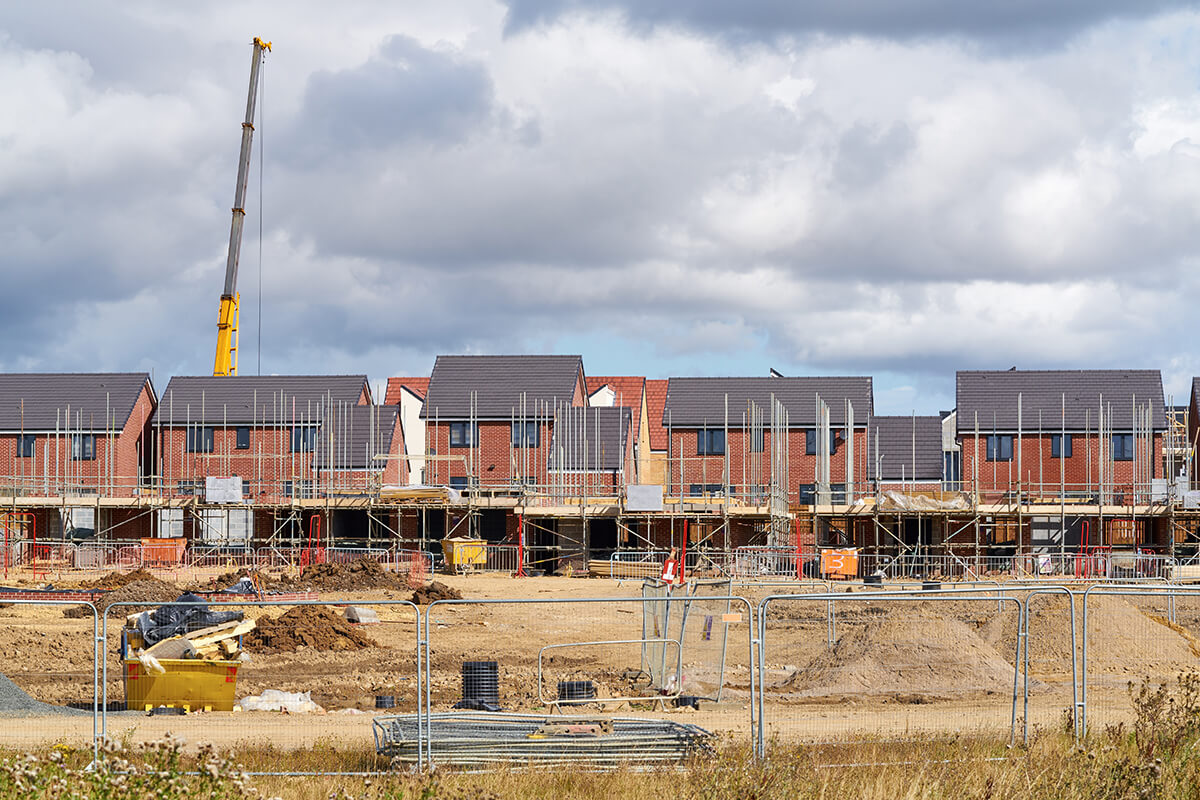What is the alternative to Statutory Biodiversity Credits now guide prices have been published?

Biodiversity net gain (BNG) is a strategy designed to mitigate the environmental damage of development and ensure that nature is left in a better state than it was found. After being mandated in the Environment Act 2021, the transition period for BNG will end this November. From that point onwards, developers will be required to deliver at least 10% BNG on all developments in England.
What are statutory biodiversity credits?
To ensure that mandatory BNG does not impede the pace of development, the government will offer statutory biodiversity credits that developers can purchase to meet their BNG requirements.
Defra has just published a list detailing the indicative cost of statutory biodiversity credits. These costs may have a substantial impact on the overall cost of development, but there are other options available to developers.
With preference given to on-site and local off-site delivery of BNG, statutory biodiversity credits should be a last resort for developers to meet their obligations. They must first have exhausted their options for on-site or off-site delivery before resorting to statutory biodiversity credits. [1]
Statutory Biodiversity Credits should not be confused with either ‘biodiversity units’ or other ‘biodiversity credits.’ The biodiversity credits market allows businesses to invest in nature projects unrelated to development. Biodiversity Units are the measure used to assess biodiversity impacts from development and quantify on-site and off-site biodiversity gains.
“We aim to minimise the use of statutory biodiversity credits and phase them out once the biodiversity unit market has matured. […] The price will be set to be intentionally uncompetitive with the market. […] We will be providing policy guidance on when a developer will be able to access the credit scheme to ensure that they remain a last resort.” [2]
Statutory biodiversity credit prices
From November, developers will be able to buy statutory credits. These will be sold by Natural England on behalf of the Secretary of State following Defra’s pricing guidance.
Defra is also working to expand upon the Biodiversity Metric, the tool by which we calculate biodiversity value, to include a statutory biodiversity metric. This will help developers understand exactly how many statutory credits they will need.
Defra’s published table of statutory biodiversity credit prices are tiered by habitat type. These tiers reflect the value of each habitat based on its distinctiveness – a measure of distinguishing features, such as rarity and species richness. Priority habitats, those that provide the most significant ecological value and those that are most challenging to restore and establish, are typically the most expensive.
What does the pricing of statutory biodiversity credits mean for developers?
While current prices are only indicative, and not to be confirmed until November, they can give developers an idea of their cost. But developers should be aware of the ‘Spatial Risk Multiplier’ that applies to statutory biodiversity credits. This multiplier means that you will need to purchase 2 statutory biodiversity credits for every 1 biodiversity unit you would need. [3]
“The Spatial Risk Multiplier reflects the relationship between the location of on-site biodiversity loss and the location of off-site habitat compensation. It affects the number of biodiversity units provided to a project by penalising proposals where off-site habitat is located at distance from the impact site.” [4]
Notably for developers, agents, and advisors – the Spatial Risk Multiplier has not been applied to the government’s table of indicative costs, meaning you will be paying double the cost of each credit as listed. This means that the cost of wetland reedbeds, for example, will be £84,000 rather than £42,000 and the cost of woodland and forest habitats will jump from £125,000 to £250,000.
What is the alternative to statutory biodiversity credits?
As statutory biodiversity credits are a last resort, with developers needing to prove they have exhausted on-site and off-site unit options first, developers should be considering biodiversity units first.
Environment Bank are establishing an expanding national network of Habitat Banks to raise high-integrity Biodiversity Units that will satisfy stringent planning requirements and help developers avoid statutory biodiversity credits.
This work is well underway, and we are committed to establishing a Habitat Bank in every Local Planning Authority (LPA) across England. This will enable us to offer developers a far more cost-effective solution to BNG delivery than statutory biodiversity credits.
Where we are unable to provide off-site Biodiversity Units local to a development, which will be increasingly unlikely as we continue to expand our network, our Unit prices for each habitat type remains far more cost-effective than statutory biodiversity credits – even with the Spatial Risk Multiplier applied.
We are building relationships with LPAs across England to let them know about our solution for developers. Our Habitat Banks are not only fulfilling BNG legislation, but they are also supporting local nature recovery strategies (LNRS), sustainable house building, economic growth, job creation, and the cultivation of thousands of acres of diverse green spaces for communities to enjoy.
We are committed to local delivery, generating positive outcomes for nature, the wider environment, and communities local to the associated development.
[1] Consultation on biodiversity net gain regulations and implementation, 5.2
[2] Consultation on biodiversity net gain regulations and implementation, 5.7
[3] Guidance on statutory biodiversity credit prices
[4] Biodiversity Metric 4.0 User guide, 7.4.2
